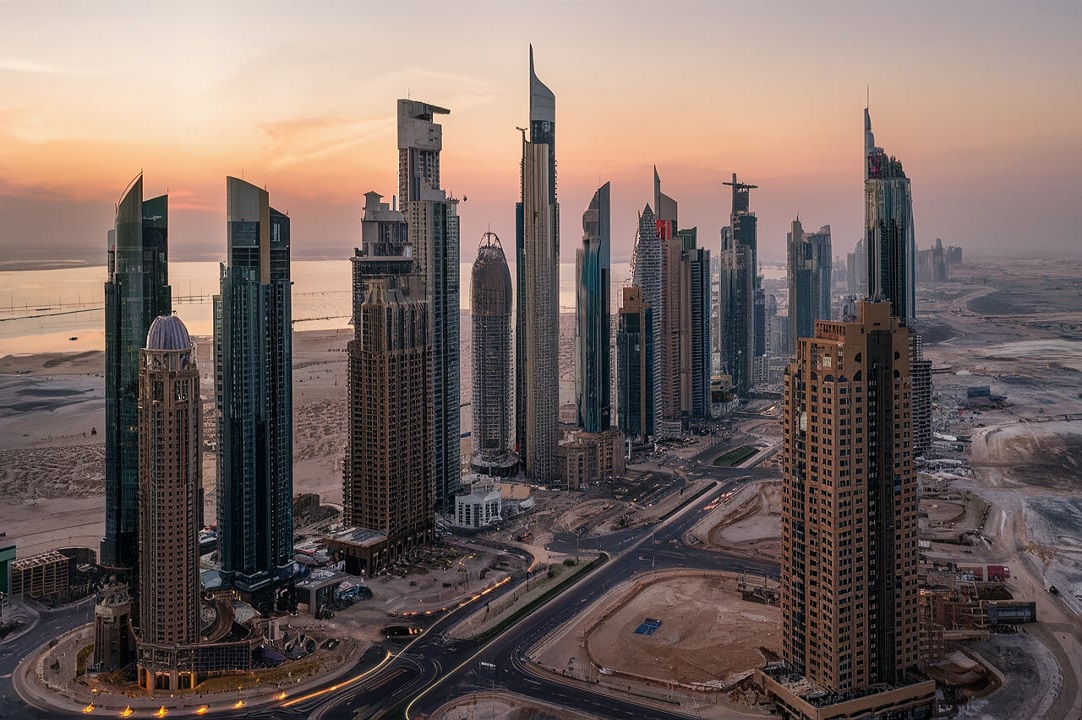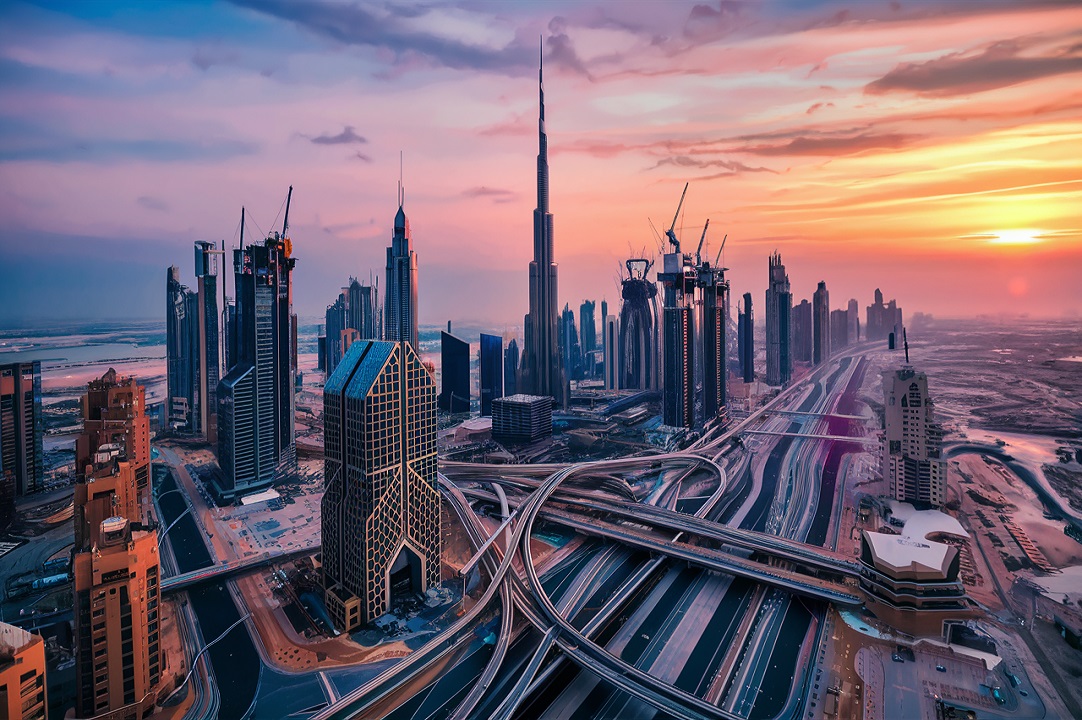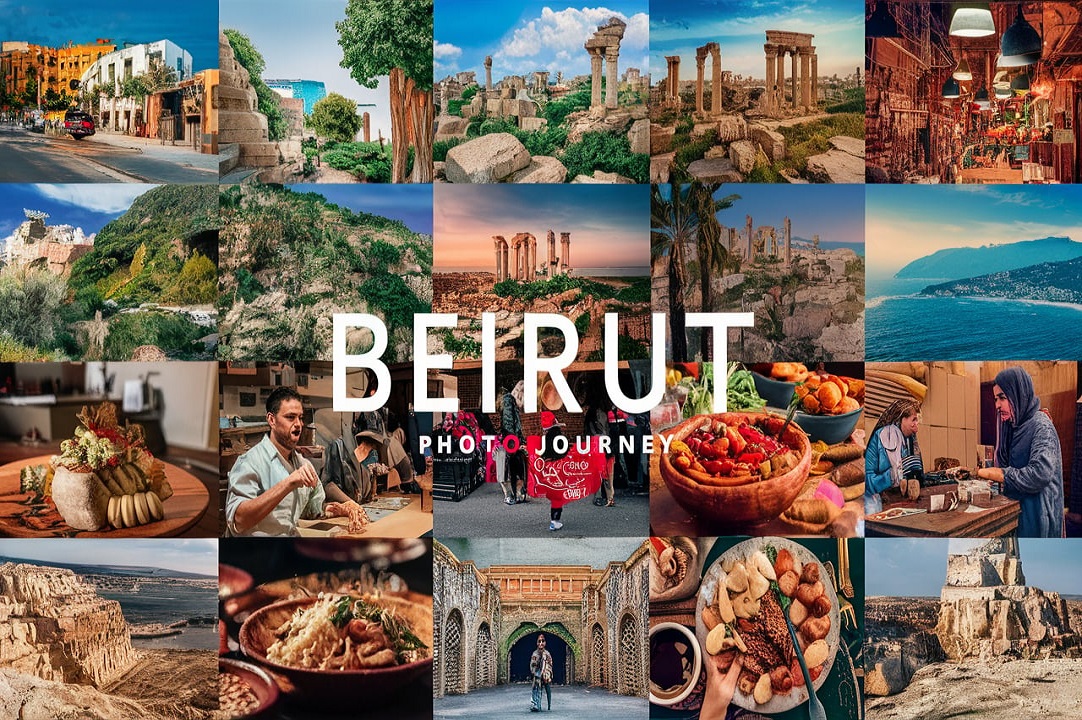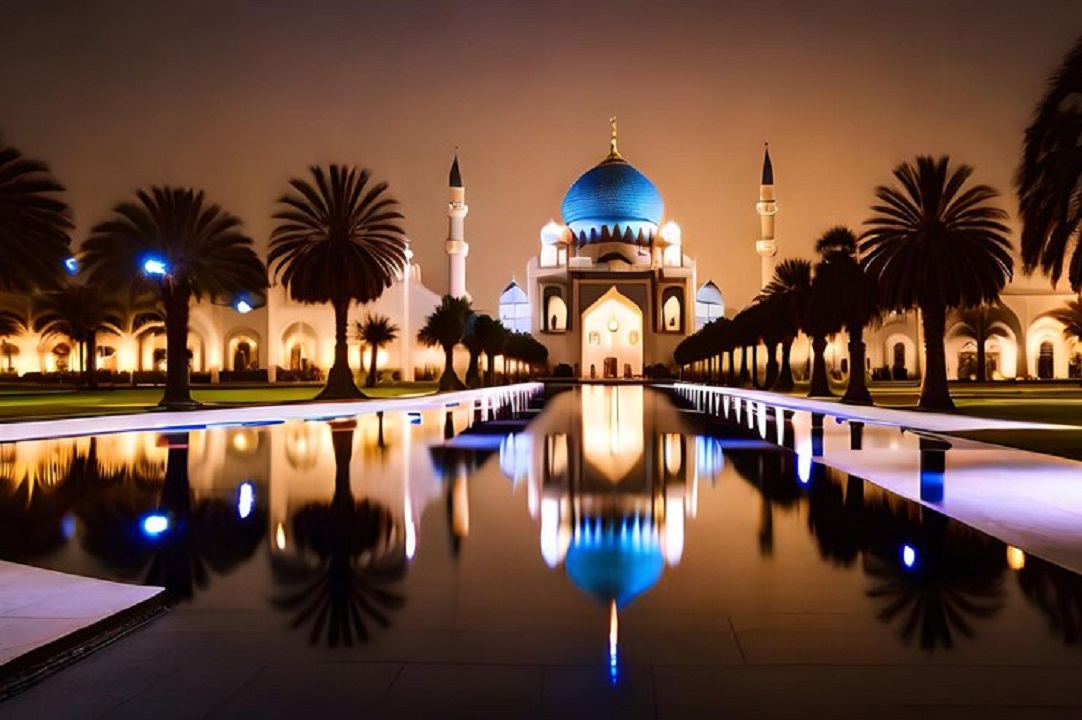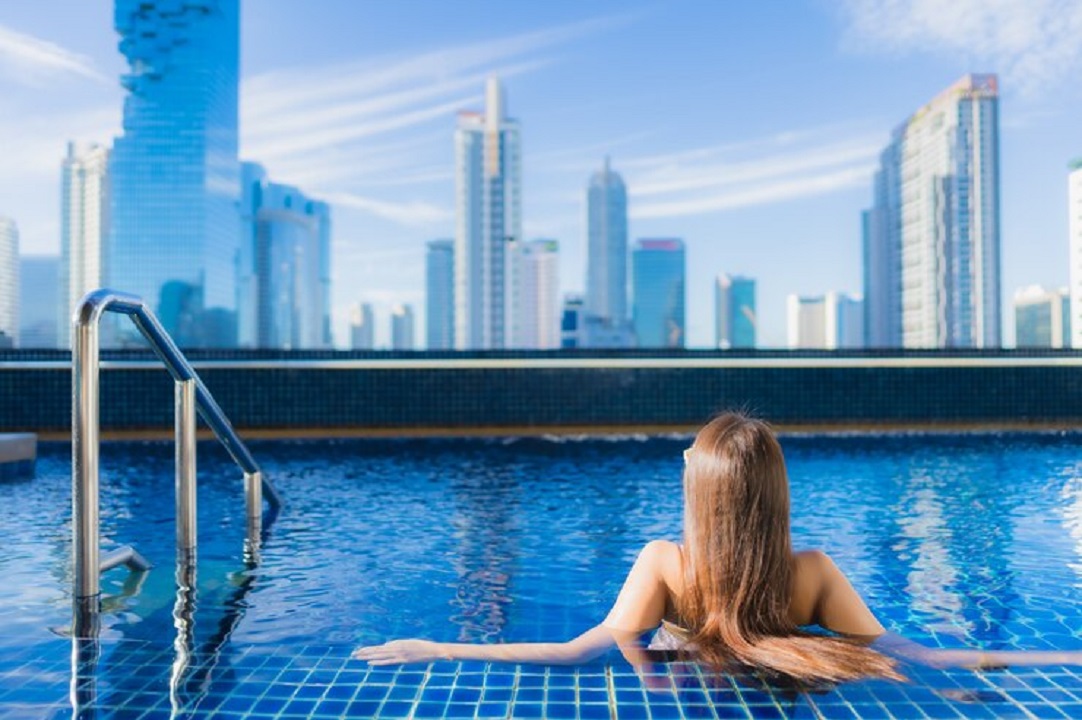Al Kharj, in Saudi Arabia, means “the valley that has no access,” reflecting its geographical significance. In this region, valleys flow east into Al-Sahba (Arabic: السهباء), which is bordered by the Aldahna sands (Arabic: الدهنـاء). Another interpretation suggests that Al Kharj means “what comes out of the earth,” highlighting its long-standing agricultural heritage. The name Al Kharj dates back to ancient times, as mentioned by poets like King Al-Himyari and Asaad Abi Karb Al-Awsat. The Ministry of Transport recently updated road signs leading to Al Saih, located within the administrative borders of Al Kharj. Under the direction of the Amir of Riyadh, King Abdulaziz renamed the city “the City of Al Saih” in 1356 Hijri. These updates affect the Riyadh highway, the old Riyadh road, the Haradh road, and the Al Saih-Dalam road.
Al Kharj’s Rich Historical Significance
Al-Kharj, rich in historical monuments, is a key destination for researchers and those interested in the history of Saudi Arabia and its founder, King Abdulaziz. Essential for tourism, Al Kharj features archaeological sites like the King Abdulaziz Palace in Al-Aziziyah district, built in 1359 Hijri. Another notable location is the Abu Jafan Palace, constructed in 1366 Hijri during King Abdulaziz’s era as a rest stop. Dalam, significant to Al-Kharj’s history, hosts various archaeological sites and was a battleground between King Abdulaziz and Ibn Rashid. The town of Yamama, north of Al-Saih, is one of the oldest in the Arabian Peninsula. The Al-Banna area, in the northeastern corner, dates back to before Islam, with artifacts like pottery, ancient coins, and silver and bronze accessories found there, indicating a settlement from the third millennium BC.
Economic Development in Al Kharj: Progress and Growth
In our latest Middle East Economy Watch, titled “Advancing with National Visions,” we analyze the economic performance of the region amidst global challenges like inflation, high interest rates, and geopolitical uncertainty. GCC economies rebounded in sectors like tourism, trade, and hospitality, boosted by national visions focusing on diversification and infrastructure. Saudi Arabia stands out as a key innovator, propelling economic opportunity and sustainability through Vision 2030. Despite a 4% contraction in the non-oil economy during the pandemic, Saudi Arabia swiftly recovered to 2019 levels by Q1 2021, with Q4 2022 GDP surging 11% higher than Q4 2019. Presently, the non-oil sector constitutes 59% of the economy, experiencing substantial growth in real and nominal terms. Saudi Arabia led global growth in 2022 with an impressive 8.7% rate. Early achievements of Vision 2030 include surpassing the target for female workforce participation, along with notable enhancements in SME growth and logistics performance.
Al Kharj: Forging Modern Urban Infrastructure
The goal of the Al-Kharj Industrial City Development Project is to make the industrial region more appealing to industrial investments by enhancing its services and infrastructure. Numerous tasks will be involved in the project, such as building sewage systems, expanding roadways, upgrading power and water systems, and enhancing public lighting. In addition, the region’s security and safety services, Internet access, and communication networks will also be enhanced. The project will utilize cutting-edge tools and technology to ensure top-notch quality and minimize potential risks effectively. This project aims to boost industrial growth in the region, transforming Al-Kharj Industrial City into a prime investment destination.
Natural Charms: Al Kharj’s Scenic Wonders
Have you ever wondered what enjoyable and distinctive activities are exclusive to Saudi Arabia? The nation is full of unique experiences that provide an exhilarating journey for all types of inquisitive tourists. Saudi Arabia continuously surprises, with its stunning natural landscapes and the modern allure of its cities never failing to captivate. Discover hidden gems in the Kingdom, like the ancient Hegra ruins in Al Ula and the lively old city of Jeddah. Continue reading to bring out your inner history nerd, culture vulture, or adrenaline junkie.
Cultural Vibrancy: Al Kharj’s Social Fabric
Vibrant culture is nourished by the dynamic interaction of tradition and modern expression. It represents the dynamic, ever-evolving spirit of a neighborhood where customs are upheld and artistic expression is encouraged. A vibrant cultural landscape honors its legacy by preserving historical landmarks, traditional crafts, and oral histories as sources of inspiration and continuity. It embraces fresh perspectives, creative concepts, and a variety of artistic mediums all at once. This vibrant fusion of the past and present makes a city an exciting location to live, work, and explore. It also encourages creativity, builds social cohesion, and draws tourists and investment. The function of local governments in promoting a city’s creative culture is multifaceted. They must understand community values, offer cultural education, encourage artistic expression, and meet local needs with innovative policies and programs.
Final Thoughts
Nestled in the middle of the Saudi Arabia Desert, Al Kharj is a contemporary oasis that seamlessly blends natural beauty, history, and economic vibrancy. Its rich cultural legacy and lively social scene reflect the diversity and resilience of its population. The King Abdulaziz Palace and other landmarks highlight the region’s historical significance amid rapid urbanization and infrastructure development. Al Kharj is positioned to play a significant role in Saudi Arabia’s transition to Vision 2030 because of its advantageous location and dedication to sustainable growth and innovation. In the face of rapidly changing global environments, Al Kharj is a beacon of development, providing a well-balanced blend of heritage and modernity. As travelers delve into its archaeological treasures and experience its vibrant streets, Al Kharj shines as a beacon of hope.
Frequently Asked Questions (FAQs)
Q: Are there any oases in the Arabian Desert?
A: Al-Ahsa Oasis, also known as Hajar or al-Ḥasāʾ, is a historically significant oasis in eastern Saudi Arabia.
Q: How far is Mecca to kharj?
A: Mecca and Al Khafjī are 1370 kilometers apart. There are 1522.3 km of road.
Q: What time is the Asar in Al Kharj?
A: Al Kharj’s Asr Azan Time is 3:11 PM. Al Kharj’s Maghrib Azan Time is 6:29 p.m. Al Kharj’s Isha Azan Time is 7:59 p.m.


